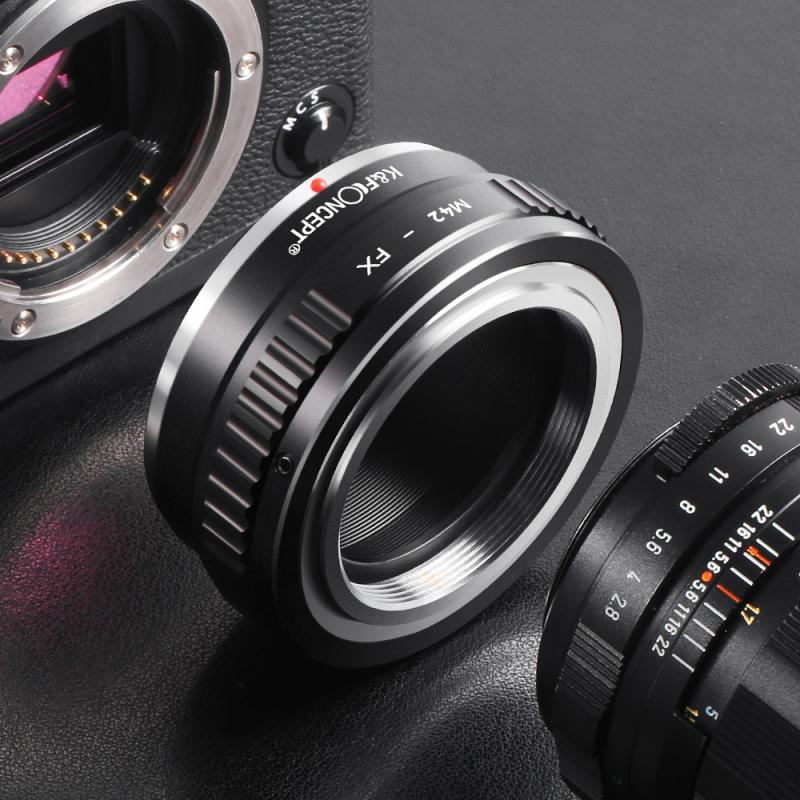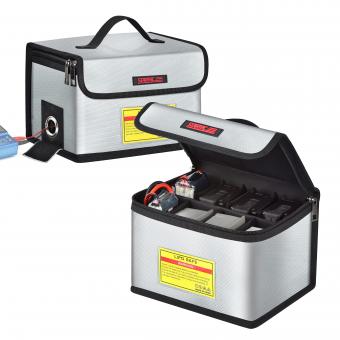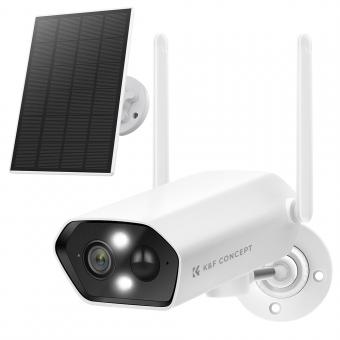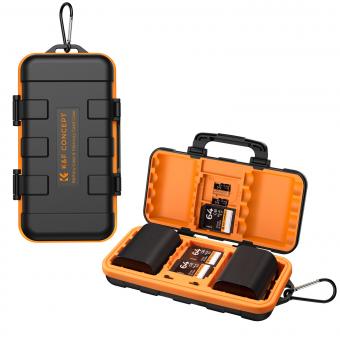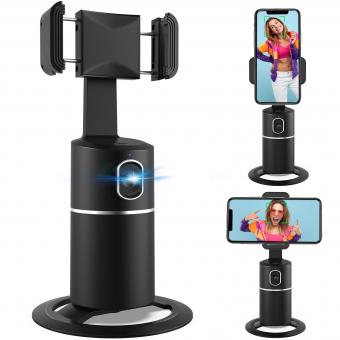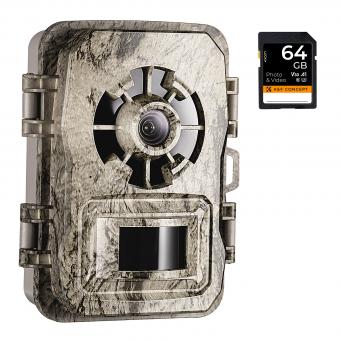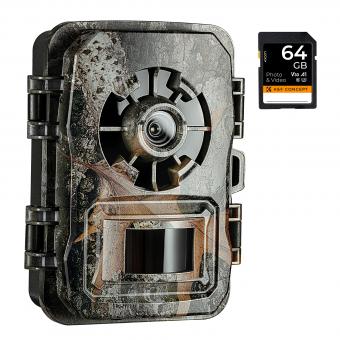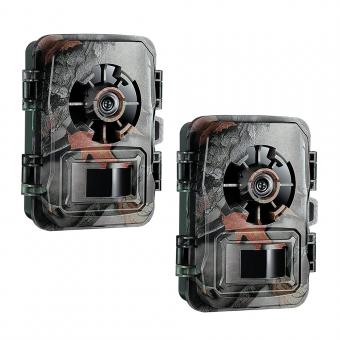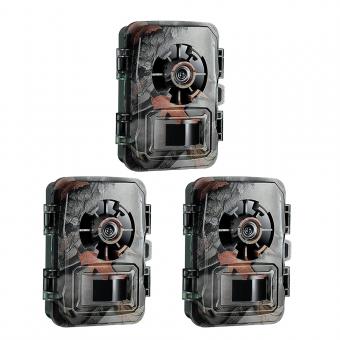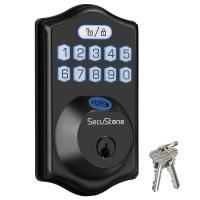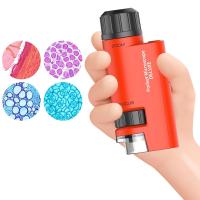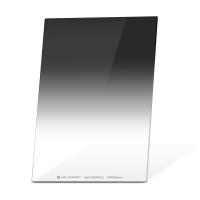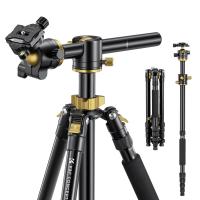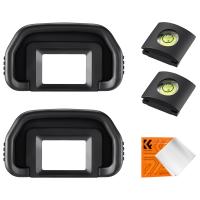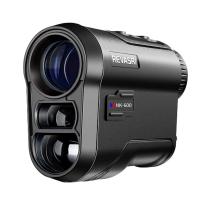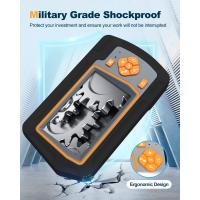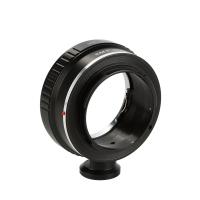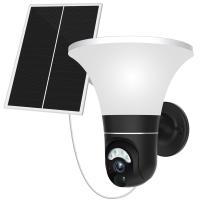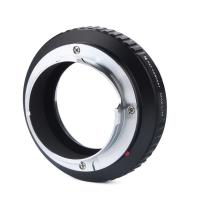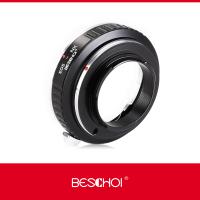How To Revive A Lithium Ion Camera Battery ?
Reviving a lithium-ion camera battery can be done by following these steps:
1. Charge the battery fully using the original charger or a compatible one.
2. If the battery still doesn't hold a charge, try resetting it by removing it from the camera and leaving it out for a few hours.
3. If the battery still doesn't work, try cleaning the contacts on both the battery and the camera with a soft, dry cloth.
4. If none of the above steps work, it may be time to replace the battery.
It's important to note that lithium-ion batteries have a limited lifespan and will eventually need to be replaced. It's also important to use the correct charger for your camera battery, as using an incompatible charger can damage the battery and potentially cause safety issues.
1、 Charging methods for lithium ion batteries
How to revive a lithium ion camera battery:
Reviving a lithium ion camera battery can be a tricky task, but it is possible with the right approach. Here are some steps you can take to revive a dead lithium ion camera battery:
1. Check the charger: Make sure that the charger is working properly and is compatible with your camera battery. If the charger is faulty, it may not be able to charge the battery.
2. Charge the battery: Connect the battery to the charger and let it charge for a few hours. If the battery is completely dead, it may take longer to charge.
3. Use a battery analyzer: A battery analyzer can help you determine the state of the battery and whether it can be revived. If the battery is still in good condition, the analyzer will show that it can be charged.
4. Use a battery desulfator: A battery desulfator can help remove the buildup of lead sulfate on the battery plates, which can prevent the battery from holding a charge. This can help revive the battery and extend its life.
5. Replace the battery: If the battery cannot be revived, it may be time to replace it with a new one.
Charging methods for lithium ion batteries:
Lithium ion batteries are commonly used in cameras, smartphones, and other electronic devices. Here are some charging methods for lithium ion batteries:
1. Standard charging: This is the most common method of charging lithium ion batteries. Simply connect the battery to the charger and let it charge until it is full.
2. Fast charging: Some chargers are designed to charge lithium ion batteries quickly. This can be useful if you need to charge your battery quickly, but it can also reduce the lifespan of the battery.
3. Trickle charging: Trickle charging is a slow charging method that can help extend the life of the battery. This method charges the battery slowly over a long period of time, which can help prevent overcharging and overheating.
4. Smart charging: Some chargers are designed to monitor the state of the battery and adjust the charging rate accordingly. This can help prevent overcharging and extend the life of the battery.
5. Wireless charging: Some devices support wireless charging, which allows you to charge the battery without connecting it to a charger. This method is convenient, but it can be slower than other charging methods.
It is important to note that lithium ion batteries can be dangerous if not handled properly. Always follow the manufacturer's instructions when charging and using lithium ion batteries.
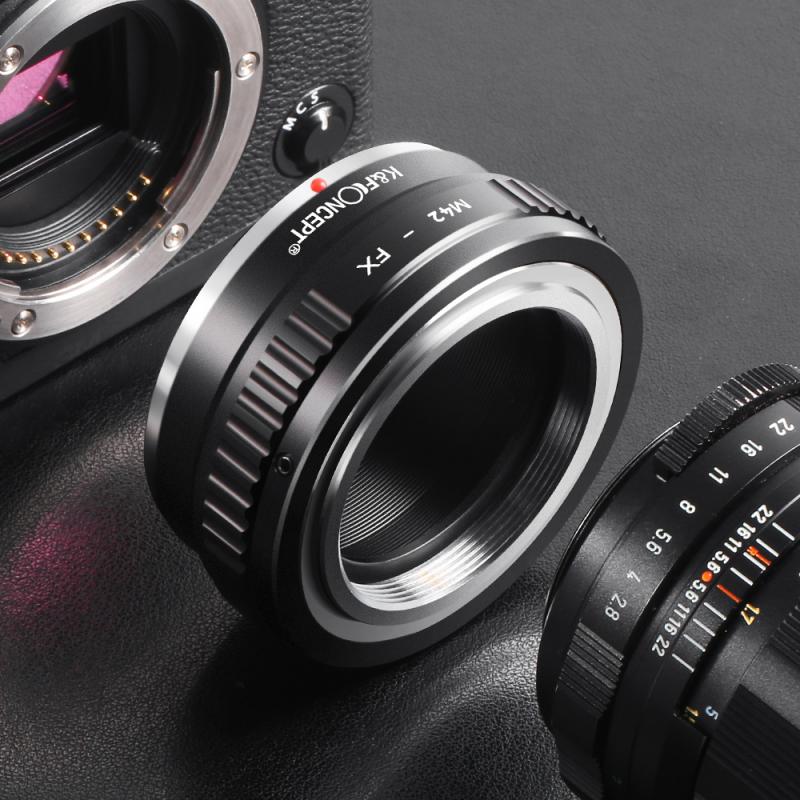
2、 Common causes of lithium ion battery failure
How to revive a lithium ion camera battery:
Reviving a lithium ion camera battery can be a tricky process, but it is possible. Here are some steps you can take to revive a dead lithium ion camera battery:
1. Charge the battery: The first step is to charge the battery fully. Use the charger that came with the camera or a compatible one. Make sure the battery is completely charged before using it.
2. Use a battery analyzer: If the battery still doesn't work after charging, try using a battery analyzer. This device can help you determine if the battery is completely dead or if it can still be revived.
3. Use a battery conditioner: A battery conditioner can help revive a dead battery by charging and discharging it multiple times. This process can help restore the battery's capacity.
4. Replace the battery: If all else fails, you may need to replace the battery. Make sure to purchase a battery that is compatible with your camera.
Common causes of lithium ion battery failure:
1. Overcharging: Overcharging can cause the battery to overheat and lose its capacity over time.
2. Exposure to extreme temperatures: Lithium ion batteries can be damaged by exposure to extreme temperatures, both hot and cold.
3. Physical damage: Dropping or puncturing the battery can cause damage to the internal components, leading to failure.
4. Age: Lithium ion batteries have a limited lifespan and will eventually lose their capacity over time.
5. Manufacturing defects: In rare cases, lithium ion batteries can have manufacturing defects that cause them to fail prematurely.
The latest point of view on lithium ion battery failure is that it is important to properly maintain and care for your batteries to prevent failure. This includes avoiding overcharging, keeping the battery at a moderate temperature, and replacing the battery when it starts to lose its capacity. Additionally, advancements in battery technology are being made to improve the lifespan and performance of lithium ion batteries.
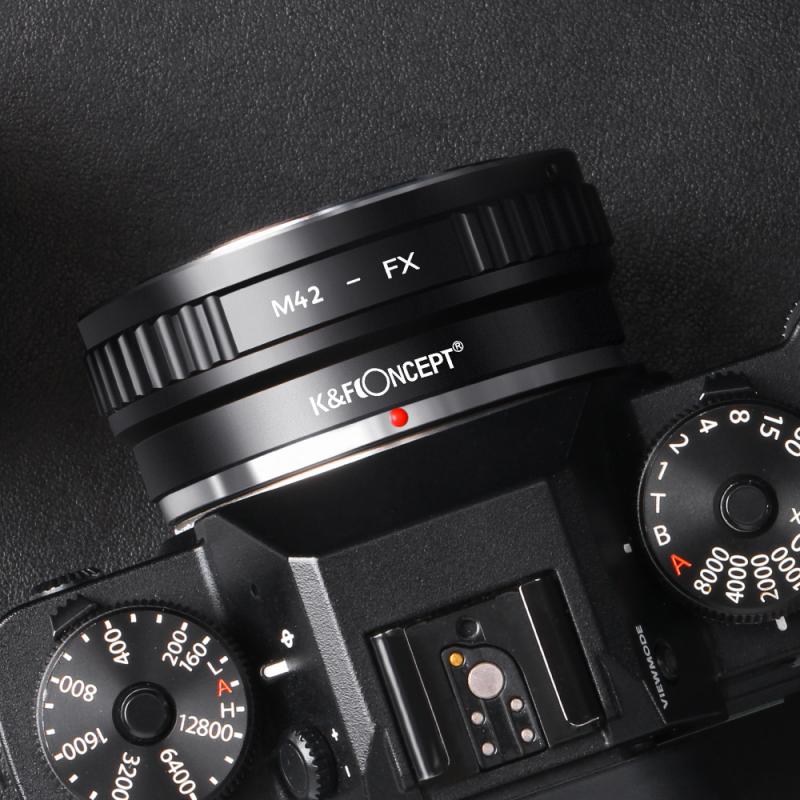
3、 Tips for extending the life of lithium ion batteries
Tips for extending the life of lithium ion batteries:
1. Avoid extreme temperatures: Lithium ion batteries are sensitive to high temperatures, which can cause them to degrade faster. Avoid exposing your camera battery to temperatures above 140°F (60°C) or below -4°F (-20°C).
2. Charge your battery properly: Lithium ion batteries should be charged using the charger that came with your camera. Avoid using third-party chargers, as they may not be compatible with your battery and could cause damage.
3. Don't overcharge or undercharge: Overcharging or undercharging your battery can cause it to degrade faster. Make sure to unplug your battery once it's fully charged and avoid letting it completely discharge.
4. Store your battery properly: If you're not using your camera battery for an extended period of time, store it in a cool, dry place with a charge level of around 40-60%.
5. Use your battery regularly: Lithium ion batteries degrade faster when they're not used regularly. Make sure to use your camera battery at least once every few weeks to keep it in good condition.
How to revive a lithium ion camera battery:
If your lithium ion camera battery is not holding a charge as well as it used to, there are a few things you can try to revive it:
1. Charge the battery fully: Sometimes, a lithium ion battery can appear to be dead when it's actually just deeply discharged. Try charging the battery fully using the charger that came with your camera.
2. Use a battery analyzer: A battery analyzer can help you determine if your battery is still good or if it needs to be replaced. Some battery analyzers can also help revive a deeply discharged battery.
3. Try a deep discharge and recharge: If your battery is still not holding a charge after being fully charged, try doing a deep discharge and recharge. This involves using your camera until the battery is completely drained, then charging it fully.
4. Replace the battery: If none of the above methods work, it may be time to replace your lithium ion camera battery. Make sure to purchase a battery that's compatible with your camera and follow the tips for extending the life of lithium ion batteries to keep it in good condition.
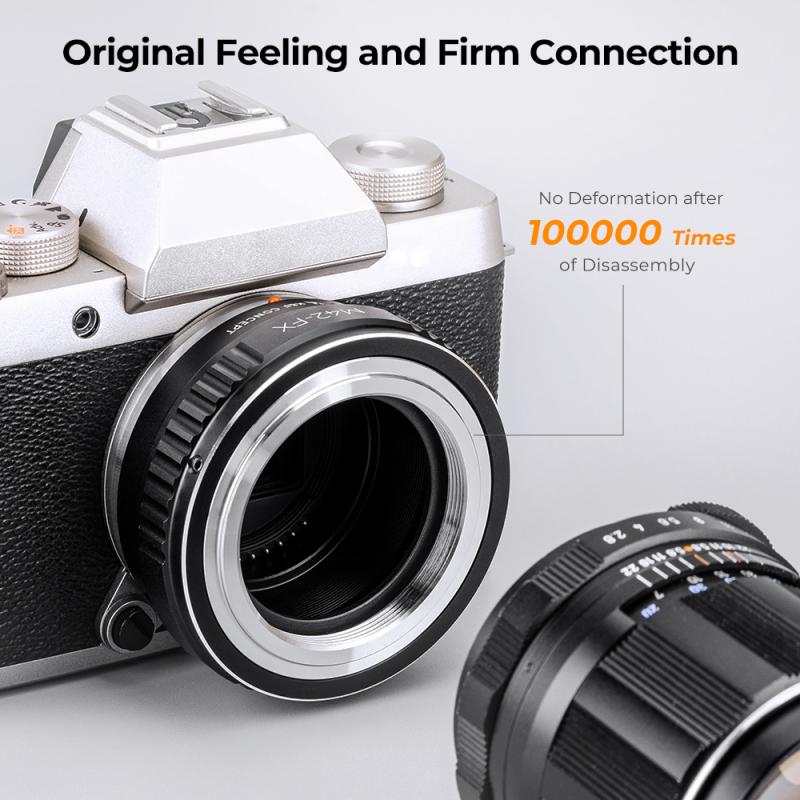
4、 Safety precautions when handling lithium ion batteries
Safety precautions when handling lithium ion batteries:
Lithium ion batteries are commonly used in electronic devices such as cameras, smartphones, and laptops. While they are convenient and long-lasting, they can also be dangerous if not handled properly. Here are some safety precautions to keep in mind when handling lithium ion batteries:
1. Avoid exposing the battery to extreme temperatures. High temperatures can cause the battery to overheat and potentially explode, while low temperatures can cause the battery to lose its charge.
2. Use only the charger that came with the battery or a charger recommended by the manufacturer. Using an incompatible charger can damage the battery and cause it to overheat.
3. Do not puncture or damage the battery in any way. This can cause the battery to leak or explode.
4. Store the battery in a cool, dry place away from direct sunlight and heat sources.
5. If the battery starts to swell or emit a strange odor, stop using it immediately and dispose of it properly.
6. Do not attempt to disassemble or modify the battery in any way.
7. Keep lithium ion batteries away from children and pets.
It is important to note that while lithium ion batteries can be dangerous if mishandled, they are generally safe when used properly. By following these safety precautions, you can help ensure that your lithium ion batteries remain safe and functional for as long as possible.
How to revive a lithium ion camera battery:
If your lithium ion camera battery is not holding a charge as well as it used to, there are a few things you can try to revive it:
1. Charge the battery fully and then discharge it completely. Repeat this process several times to help the battery regain its full capacity.
2. Store the battery in a cool, dry place when not in use. This can help prevent the battery from losing its charge over time.
3. If the battery is still not holding a charge, try cleaning the contacts on the battery and in the camera with a soft, dry cloth. This can help ensure a good connection between the battery and the camera.
4. If none of these methods work, it may be time to replace the battery. Lithium ion batteries have a limited lifespan and will eventually need to be replaced.
